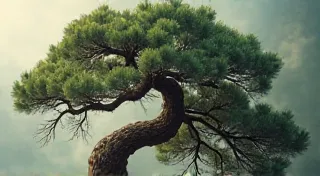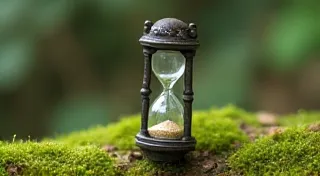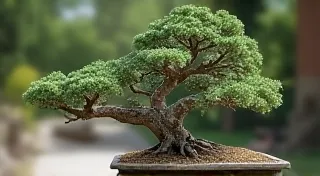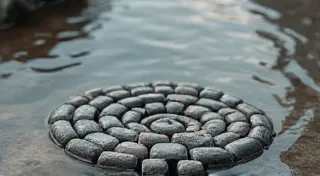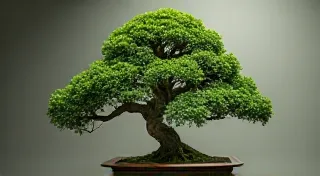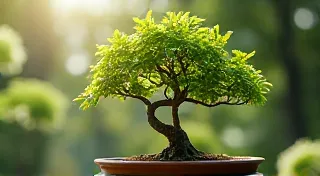Japanese Maple Bonsai: A Complete Care Guide
The Japanese Maple (Acer palmatum) is arguably the most popular choice for bonsai enthusiasts worldwide. Their vibrant foliage, stunning fall color, and relatively forgiving nature make them ideal for both beginners and experienced bonsai artists. This guide will cover everything you need to know to cultivate a beautiful and healthy Japanese Maple bonsai.
Choosing Your Japanese Maple Cultivar
Not all Japanese Maples are created equal. Numerous cultivars offer different leaf shapes, colors, and growth habits. Here are a few popular choices for bonsai:
- 'Bloodgood': A classic choice known for its deep red foliage that holds its color well throughout the summer.
- 'Coral Bark' (Acer palmatum 'Shindare'): Distinctive for its bright coral-red branches, especially striking against green foliage.
- 'Dissectum': Features deeply dissected leaves, creating a cascading or weeping effect, excellent for informal upright or cascade styles.
- 'Viridis': Offers unique, bright green foliage that stands out from the typical red or orange Japanese Maples.

Placement and Light Requirements
Japanese Maple bonsai thrive in bright, indirect sunlight. They need at least 4-6 hours of sunlight per day, but avoid intense, scorching afternoon sun, especially during summer. Morning sun is generally preferred. An east-facing location is often ideal. If growing indoors, supplement with grow lights to ensure adequate light exposure.
Watering
Watering is crucial for Japanese Maple bonsai. They prefer consistently moist soil, but not waterlogged. Allow the top inch of soil to dry out before watering thoroughly. The frequency will vary depending on the climate, pot size, and time of year. Generally, they need more frequent watering during the growing season (spring and summer) and less during dormancy (fall and winter).
Soil and Repotting
Use a well-draining bonsai soil mix. A common mix includes akadama, pumice, and lava rock. Japanese Maples are best repotted every 2-3 years, typically in early spring before new growth emerges. Repotting allows you to refresh the soil, prune the roots, and check for any root problems. When repotting, prune back approximately one-third of the root mass.

Fertilizing
Fertilize your Japanese Maple bonsai regularly during the growing season (spring and summer). Use a balanced fertilizer formulated for bonsai trees. Follow the instructions on the fertilizer packaging. Reduce or eliminate fertilizing during dormancy (fall and winter).
Pruning and Shaping
Pruning is essential for maintaining the desired shape and size of your Japanese Maple bonsai. There are two main types of pruning:
- Structural Pruning: Performed during dormancy (late winter or early spring) to establish the basic shape and branch structure.
- Maintenance Pruning: Performed throughout the growing season to control growth, maintain the shape, and encourage ramification (branch development).
Pinching new growth (removing the tips of new shoots) can help to compact the foliage and create a denser canopy.
Dealing with Common Issues
Japanese Maple bonsai can be susceptible to certain problems:
- Aphids: Small, sap-sucking insects that can damage foliage. Treat with insecticidal soap or neem oil.
- Spider Mites: Tiny pests that can cause stippling on leaves. Treat with miticide.
- Leaf Scorch: Brown, crispy edges on leaves, often caused by excessive sun or drought. Provide more shade and water more frequently.
- Verticillium Wilt: A fungal disease that can cause wilting and dieback. There is no cure, but preventative measures such as well-draining soil can help.

Conclusion
Cultivating a Japanese Maple bonsai is a rewarding experience. With proper care and attention, you can enjoy the beauty and elegance of this iconic tree for years to come. Patience and observation are key to success. Enjoy the journey!
